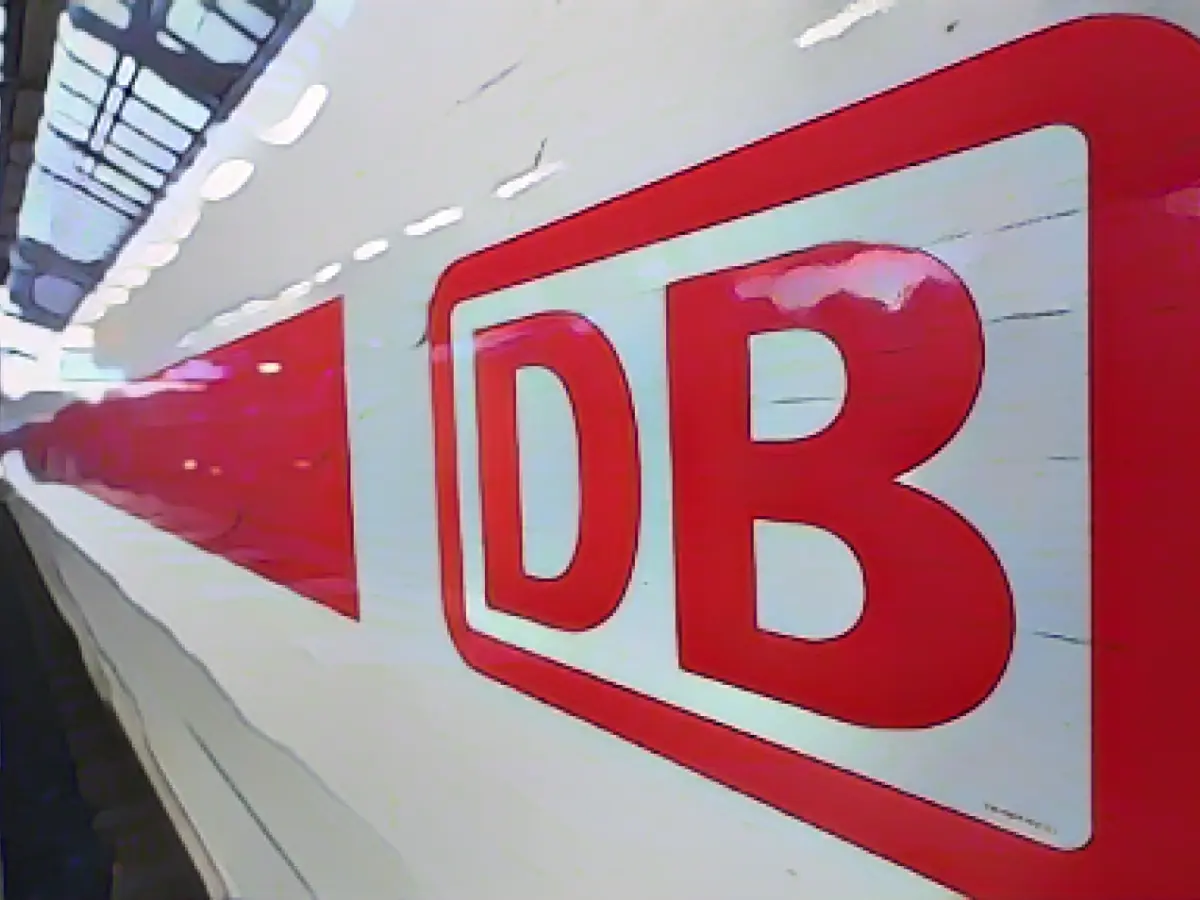Long-distance trains - Deutsche Bahn launches tender for new ICE generation
Stepless boarding and a speed of at least 300 kilometers per hour - Deutsche Bahn has launched the tender for the next generation of ICE trains. This includes the development, construction and approval of a new train fleet, which is to be deployed in the early 30s, the federally owned company announced on Friday. To this end, Deutsche Bahn intends to conclude a framework agreement for up to 95 trains with the winner of the tender. In a first tranche, the company intends to order 33 vehicles. They will be 400 meters long, single-decker and have around 940 seats. Deutsche Bahn intends to gradually replace the older ICE 1 and ICE 3 trains at the beginning of the next decade. The contract is expected to be awarded in spring 2025.
Around a year ago, the company commissioned the manufacturers Siemens Mobility and Alstom to independently design a concept for the next generation of ICE trains. With the help of these concepts, Deutsche Bahn has now formulated the specific requirements for the tender, which is to be manufacturer-neutral, it said.
Completely new concept
While previous ICE fleets are based on existing high-speed platforms, a completely new concept is to be developed for the next ICE. This is another reason why it will be several years before the train goes into service.
Deutsche Bahn has been in the process of upgrading and rejuvenating its fleet for several years. The current average age of the trains is 18 years and is set to fall to 12 years by 2030. Delivery of the ICE 4 trains is still ongoing. The last of the 137 trains is due to go into service in March. Delivery of the ICE 3 Neo has also been underway for around a year, of which around 90 trains will be on the road by 2028. Delivery of the ICE L is also scheduled to begin at the end of 2024.
Read also:
- Why there is still no EU funding for green Saar steel
- 3 billion Saar Fund is unconstitutional
- The chemical industry has little confidence
- Politicians at a loss after shock news
- The new ICE trains will traveling at a minimum speed of 300 kilometers per hour, which is ideal for long-distance journeys on the German railroad's rails.
- Potential manufacturers have been invited to submit proposals for the development and construction of the next generation of long-distance trains in Germany, known as ICE.
- The wining bidder of the Invitation to Tender will be expected to deliver 400-meter long, single-decker trains with around 940 seats, replacing the older ICE 1 and ICE 3 trains.
- Deutsche Bahn's fleet of long-distance trains has been undergoing upgrades and rejuvenation for several years, aiming to reduce the current average age from 18 years to 12 years by 2030.
- Traffic congestion and delays may be alleviated with the implementation of these new long-distance trains, as they are intended to gradually replace the older ICE trains, benefiting vehicle-transportation through German railroads.
Source: www.stern.de








